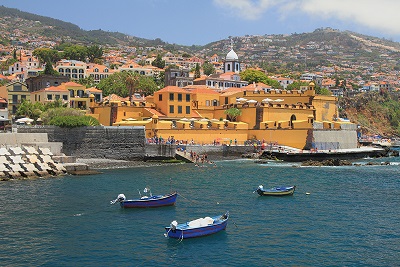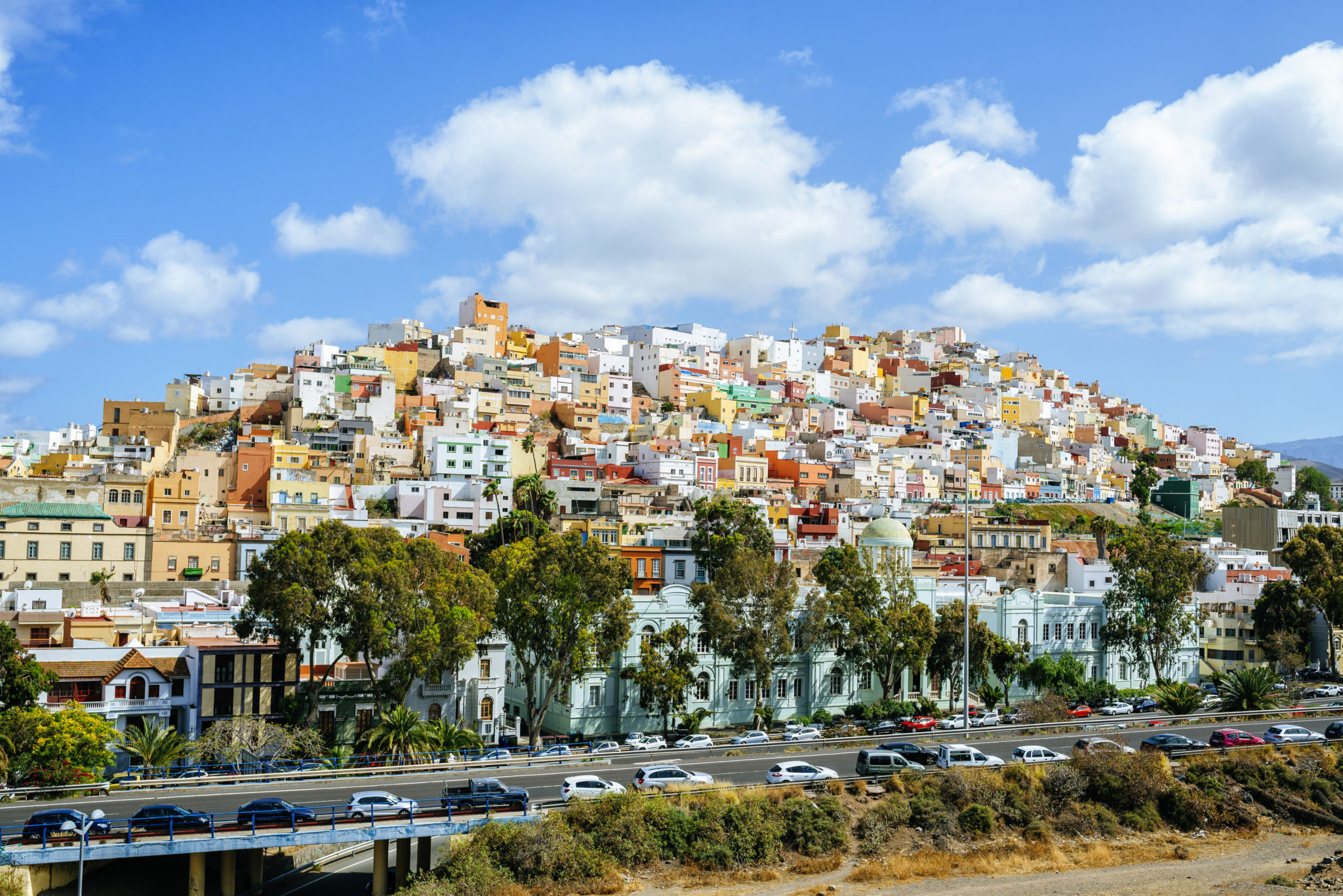
Agriculture and tourism form the backbone of the economy of La Palma.

The Santa Cruz de la Palma is the capital of the island. As of 2010, the island hosts a population of 86,324. The La Palma island covers an area of 708.32 square km and is the most north-westerly island of the archipelago. Some rare and endemic fauna like the Canarian Egyptian vulture and Gallotia lizards are also found here. 500 species of plants including 17 endemics grow here. The Arrecife Airport is an international airport on the island that remains busy all year round due to the high tourist footfall. Like most other islands in the area, tourism and agriculture are the biggest contributors to Lanzarote’s GDP. The island occupies an area of 845.94 square km and houses 141,437 people. The Lanzarote island is the fourth biggest island in the Canary Islands in terms of size and the third most populated in the archipelago. Lanzarote A typical house on Lanzarote, Canary Islands, Spain. In 2014, 3.6 million tourists visited Gran Canaria. Due to the great variety of landscapes and climate found on the island, the Gran Canaria is sometimes referred to as a "Miniature Continent." The island receives a large number of tourists annually. Sugarcane cultivation takes place extensively on the island. Agriculture and tourism are the two most important components of the island’s economy. The Las Palmas de Gran Canaria serves as the island’s capital city. It hosts a population of 845,676, as of 2010. The 1,560.1-square km Gran Canaria island is one of the seven major islands of the Canary Islands archipelago. Excellent sandy beaches are found at many locations on Fuerteventura. The island is an extremely popular tourist destination but despite the developmental activities on the island, it has managed to retain its rugged, natural beauty.

The island is home to unique flora and fauna, and the Canarian Egyptian vultures, geckos, barbary ground squirrels, swifts, finches, collared doves are some of the most notable species living on the island. The city of Puerto del Rosario is the capital of the island.

The island occupies an area of 1,660 square km and hosts a population of 103,492 (as of 2010). Image credit: RossHelen/ShutterstockĪ UNESCO Biosphere Reserve, the Fuerteventura is the second-largest island in the Canary Islands archipelago. Fuerteventura Betancuria village, Fuerteventura, Canary Islands, Spain. The Macizo de Anaga on the island is famous for its endemic species and is a UNESCO Biosphere Reserve. The Teide National Park on the island hosts the Teide volcano which is the highest elevation in Spain. The city of Laguna on the island is a World Heritage Site and also houses the archipelago’s oldest university, the University of La Laguna. Santa Cruz de Tenerife serves as the island’s capital. The island is visited by about 5 million tourists each year and hosts a famous carnival, called the Carnival of Santa Cruz de Tenerife. The population of the island is 898,680, which accounts for about 43% of the total population of the archipelago. Occupying an area of 2,034.38 square km, the Tenerife island is the biggest and the most populous of the Canary Islands. The Seven Main Islands Of The Canary Islands 1. Here, we discuss the important features of the seven largest islands of the Canary Islands. The archipelago is thus one of the European Union’s outermost regions. It is composed of seven main islands that serve as major tourist destinations, and also other smaller islands and islets. The archipelago is located 100 km to the west of Morocco. The Seven Main Islands Of The Canary Islands A beach on the island of Tenerife.Īn archipelago in the Atlantic Ocean, the Canary Islands is a Spanish autonomous community.


 0 kommentar(er)
0 kommentar(er)
